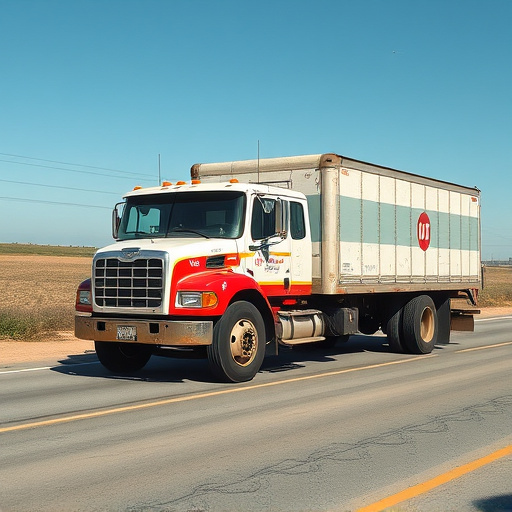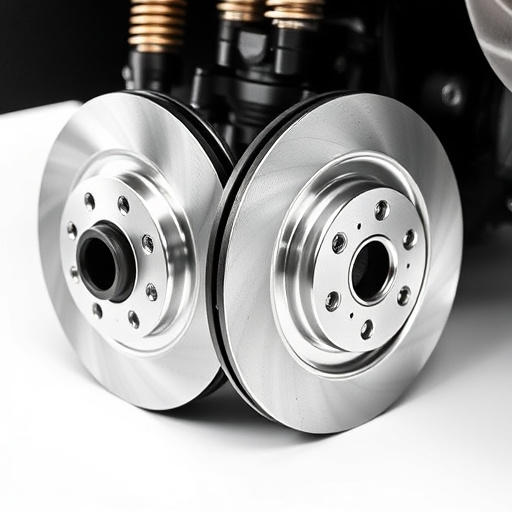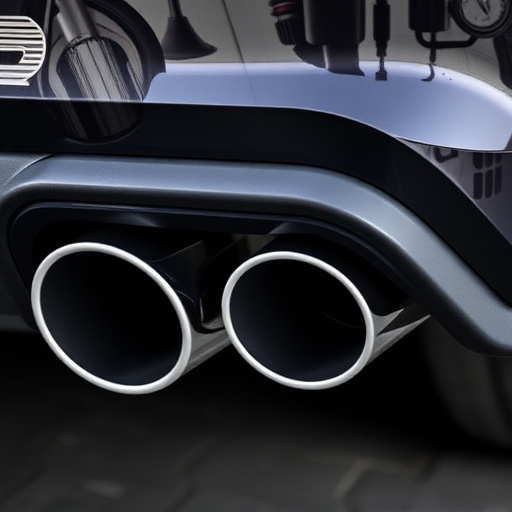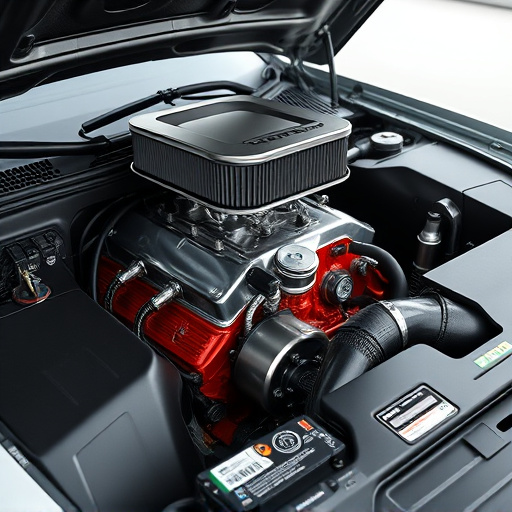Proper disposal of old catalytic converter replacement parts is crucial to protect the environment and human health from hazardous materials like precious metals, acids, and chemicals. Store parts safely and consider recycling for eco-friendly waste reduction, as many centers accept auto parts for valuable material extraction, including brake rotors and high-performance components.
Dispose of old catalytic converter replacement parts responsibly—it’s crucial for environmental safety. This guide navigates the responsible disposal process, offering insights into understanding key guidelines, implementing safe collection and storage methods, and exploring recycling options for these components. By adhering to best practices, you contribute to a greener world while ensuring hazardous materials are handled properly.
- Understanding Catalytic Converter Disposal Guidelines
- Safe Collection and Storage Methods
- Recycling Options for Old Replacement Parts
Understanding Catalytic Converter Disposal Guidelines

When it comes to disposing of old catalytic converter replacement parts, understanding the guidelines is crucial. Different regions have specific regulations regarding the removal and disposal of automotive parts, especially those that contain hazardous materials like catalytic converters. These guidelines are in place to protect both the environment and human health from potential toxins released during recycling or improper disposal.
For instance, catalytic converters from catalytic converter replacement parts should never be dumped in regular trash as they often include harmful substances such as precious metals, acids, and other chemicals. Many areas require these items to be taken to specialized waste management facilities that can safely handle and process them. This ensures that toxic components are captured, recycled, or disposed of according to environmental standards, preventing pollution from brake rotors, exhaust tips, and cat back exhaust systems.
Safe Collection and Storage Methods

When dealing with old catalytic converter replacement parts, safety should be your top priority. Begin by ensuring proper collection methods. Wear protective gear, including gloves and eye protection, to minimize exposure to hazardous materials that may have been present in the original catalytic converters. Collect these parts in a dedicated container, such as a sealed plastic bag or a sturdy box, to prevent any accidental release of toxic substances during storage or disposal.
For safe storage, keep the parts away from direct sunlight and extreme temperatures. Store them in a well-ventilated area, like a garage or workshop, where they won’t be exposed to moisture or extreme heat, which can cause corrosion or damage. Additionally, consider the environmental impact of your choices—properly store these parts to avoid any potential contamination of soil or water sources, especially if you’re dealing with performance exhaust systems or cat back exhaust components that may contain harmful substances like asbestos or lead.
Recycling Options for Old Replacement Parts

Many catalytic converter replacement parts, like those made from precious metals, can be recycled and reused, reducing waste and environmental impact. Recycling centers often accept these components, allowing for the extraction of valuable materials that can be remolded into new products. This sustainable practice not only conserves resources but also minimizes the pollution associated with manufacturing new parts.
When considering recycling options for old catalytic converter replacement parts, it’s important to look for facilities that specialize in handling auto parts, especially high-performance and suspension components. Some centers might even accept worn-out brake rotors, ensuring these materials are properly disposed of or repurposed. By opting for responsible recycling, car owners can contribute to a greener future while safely getting rid of their old catalytic converter parts.
Properly disposing of old catalytic converter replacement parts is not just a responsibility, but also an essential step in environmental conservation. By understanding and adhering to disposal guidelines, safely collecting and storing these parts, and exploring recycling options, you contribute to a greener future. Remember that responsible disposal methods for catalytic converters not only protect the environment but can also provide valuable resources for reuse or recycling, making it a win-win situation all around.














